Search
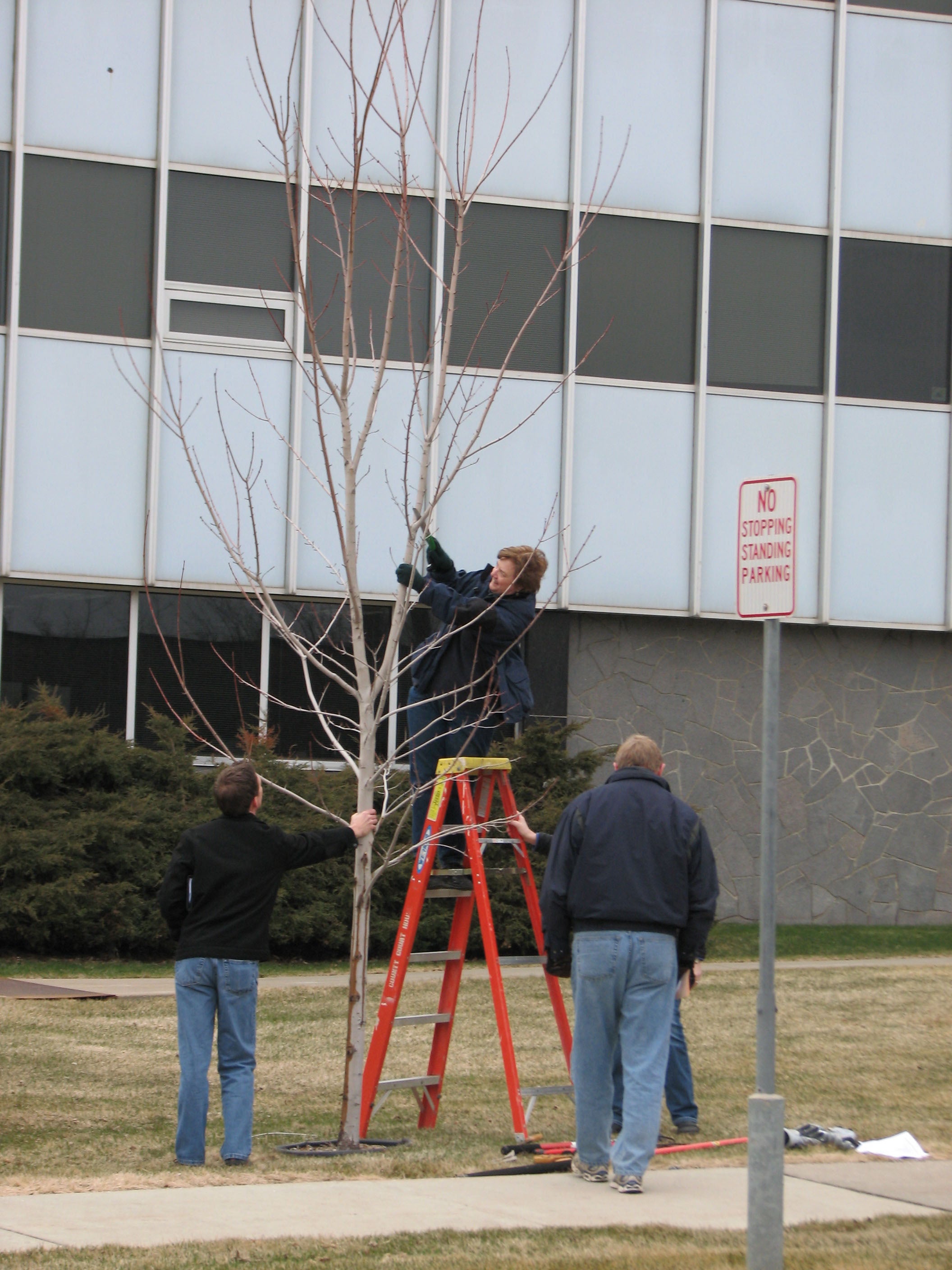
Garden Clubs & Associations
Novice gardeners and master gardeners share a love of and respect for nature, which is one of the many reasons why they naturally seek out like-minded individuals to organize clubs or associations.
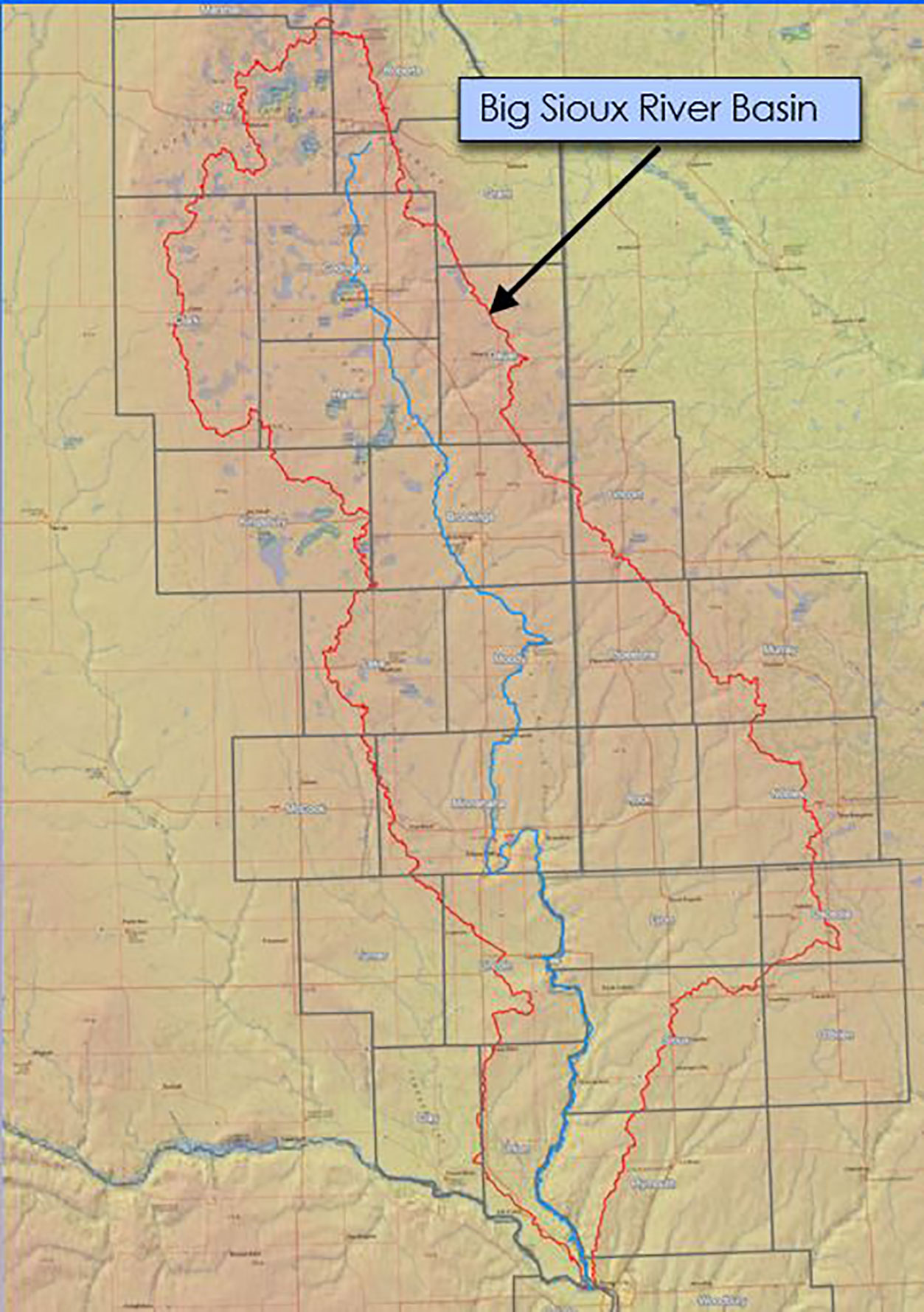
Big Sioux River Flood Information System Sees Heavy Use During Spring 2019
The Big Sioux River Flood Information System is the result of a combined effort between the SD Department of Environment and Natural Resources, local governments, and private industry, to create a product that can be used to predict the impact of flood events in the Big Sioux River Basin.
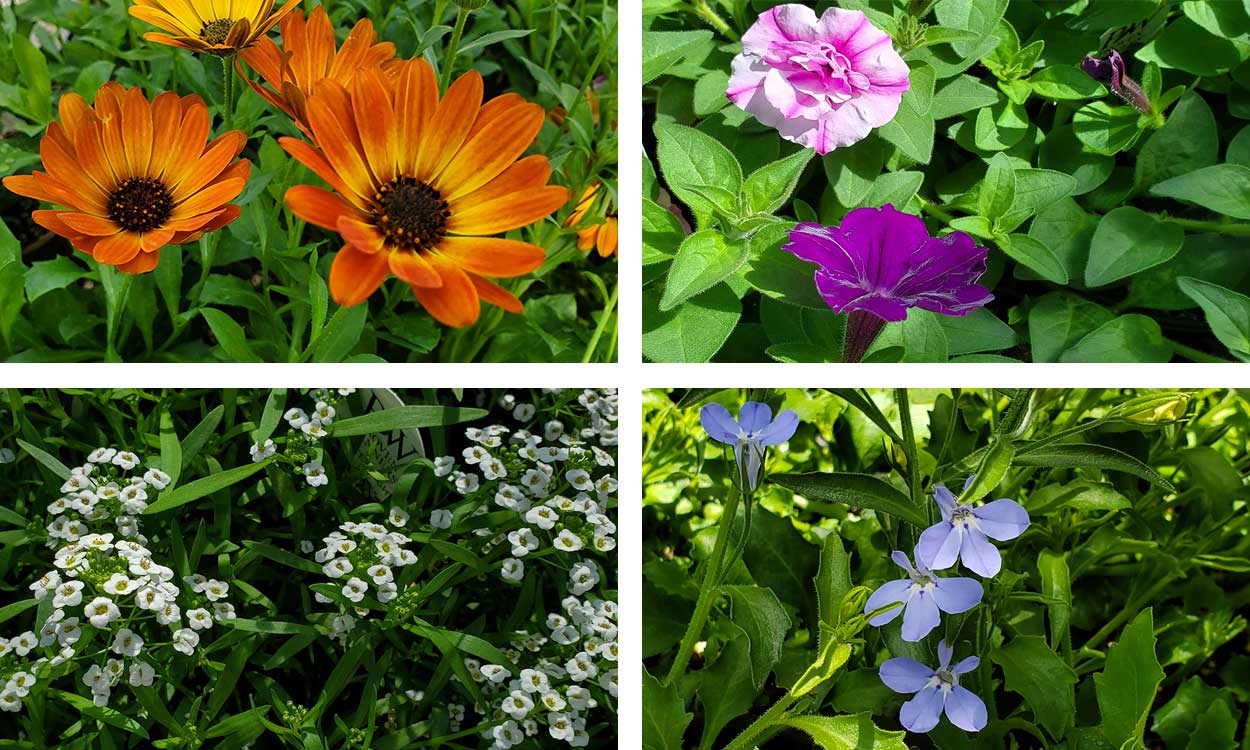
Cool-Season Flowering Annuals for the Garden
Flowering annuals that thrive in the cool weather can bring a gorgeous array of colors, shapes and sizes to your garden for early-season enjoyment! Learn about some great selections for South Dakota gardens.
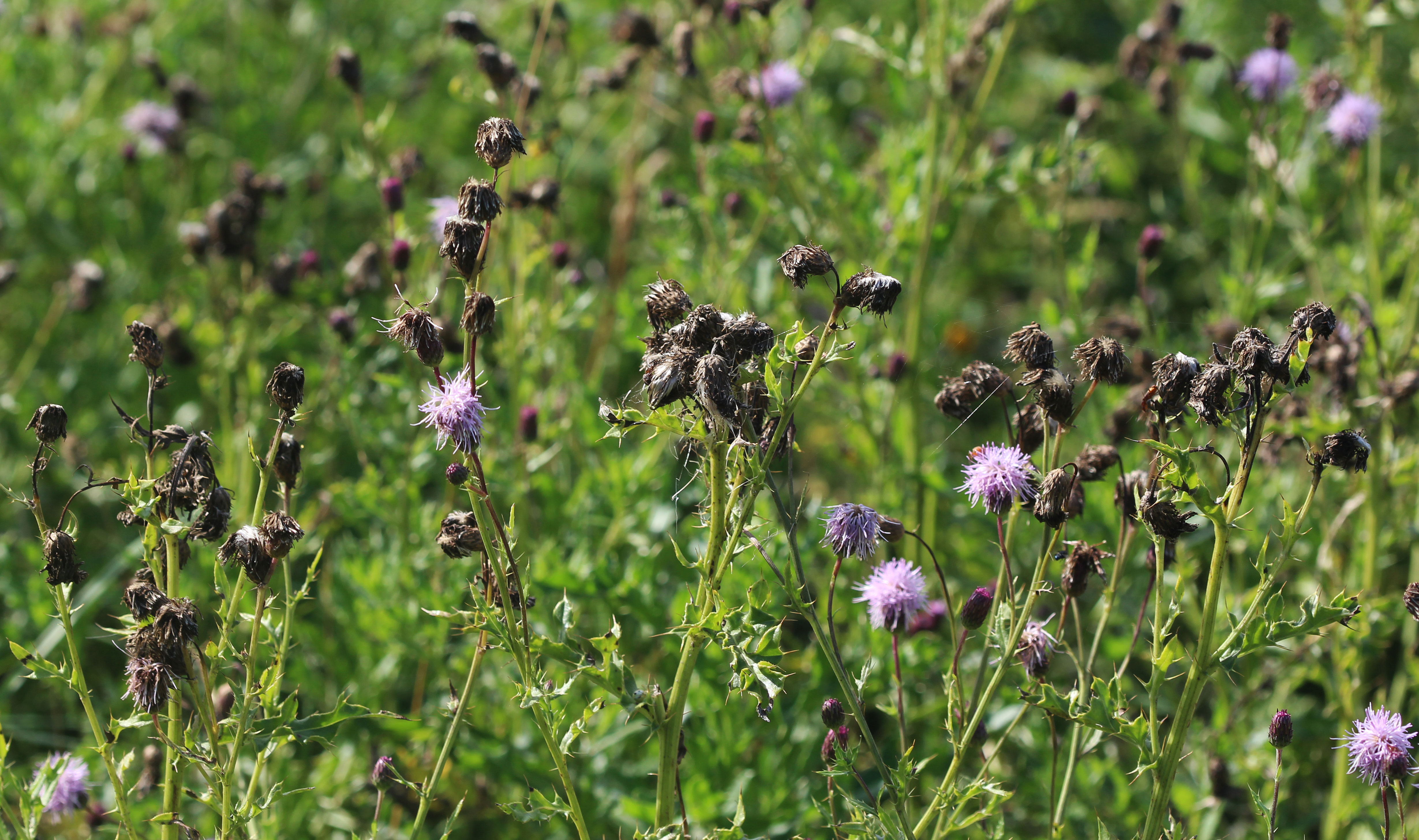
Fall Noxious Weed Control
Fall weed control can give the best weed control, but it also can be a poor time. If the noxious weeds were sprayed or clipped earlier this summer, and there is good weed growth now, this would be an excellent time to spray these weeds and get a good kill.

Wet Weather Leads to Tomato Problems
Most of the questions that have been coming in lately, and also earlier this summer, relate to tomato problems. Despite early predictions that this summer was going to be dry, many areas have received above average rainfall with many parts of South Dakota far exceeding typical rainfall amounts in the month of August. Many gardeners received 5 to 8” of rain or more in the first three weeks of August alone.

Check Alfalfa for Blister Beetle Activity
Blister beetles are becoming more common as we progress through the growing season. Recently, there have been multiple reports of blister beetles showing up in alfalfa fields.

2018 Field Plot Summaries for Oat and Sorghum Foliar Disease Management Trials
An oat crown rust integrated management trial and a sorghum foliar fungicide trials were conducted to determine the efficacy of fungicides to manage crown rust and fungal diseases in oat and sorghum respectively. Crown rust is one of the most devastating diseases of oat in the state. Stragego fungicide was applied at three different timings to determine the most effective timing for crown rust management. For sorghum, the study investigated the efficacy of two different rates of Nexicor for managing sorghum foliar diseases. The oat field experiment was maintained at Northeast Research Farm (NERF), Southeast research farm (SERF) and Volga research farm. The sorghum experiment was at Volga.

Soil Health and Why it Matters
Investing in soil health will benefit your garden or farm for generations to come. Learn how to actively manage the physical, chemical, and biological properties of your soil to optimize its long-term health.
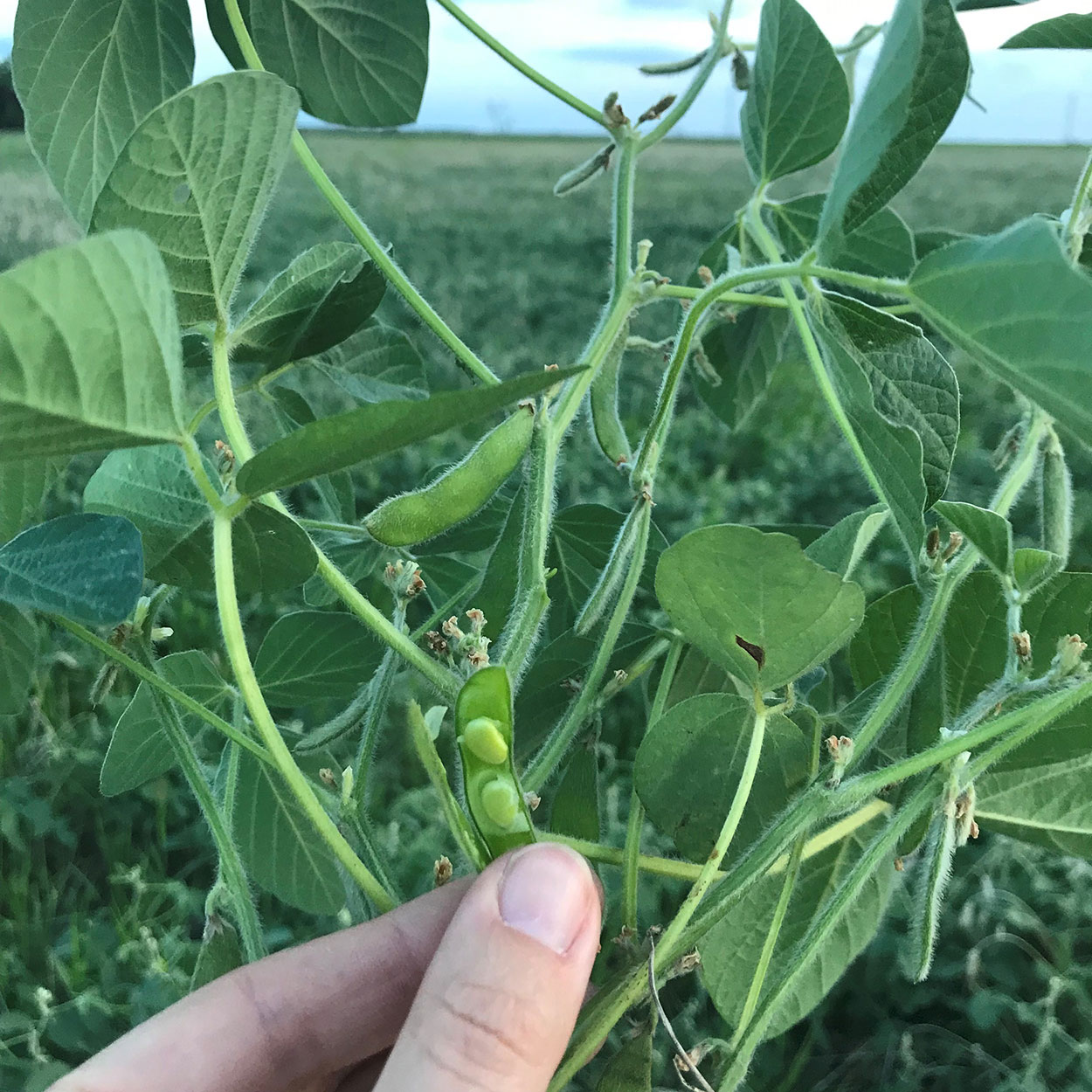
Salvaging Drought-Stressed Soybeans as Feed
One of the more popular questions we’ve been receiving lately involves using soybeans as forage. Although the soybeans planted for grain are not typically bred for forage use, we can salvage the crop for said forage if need be.
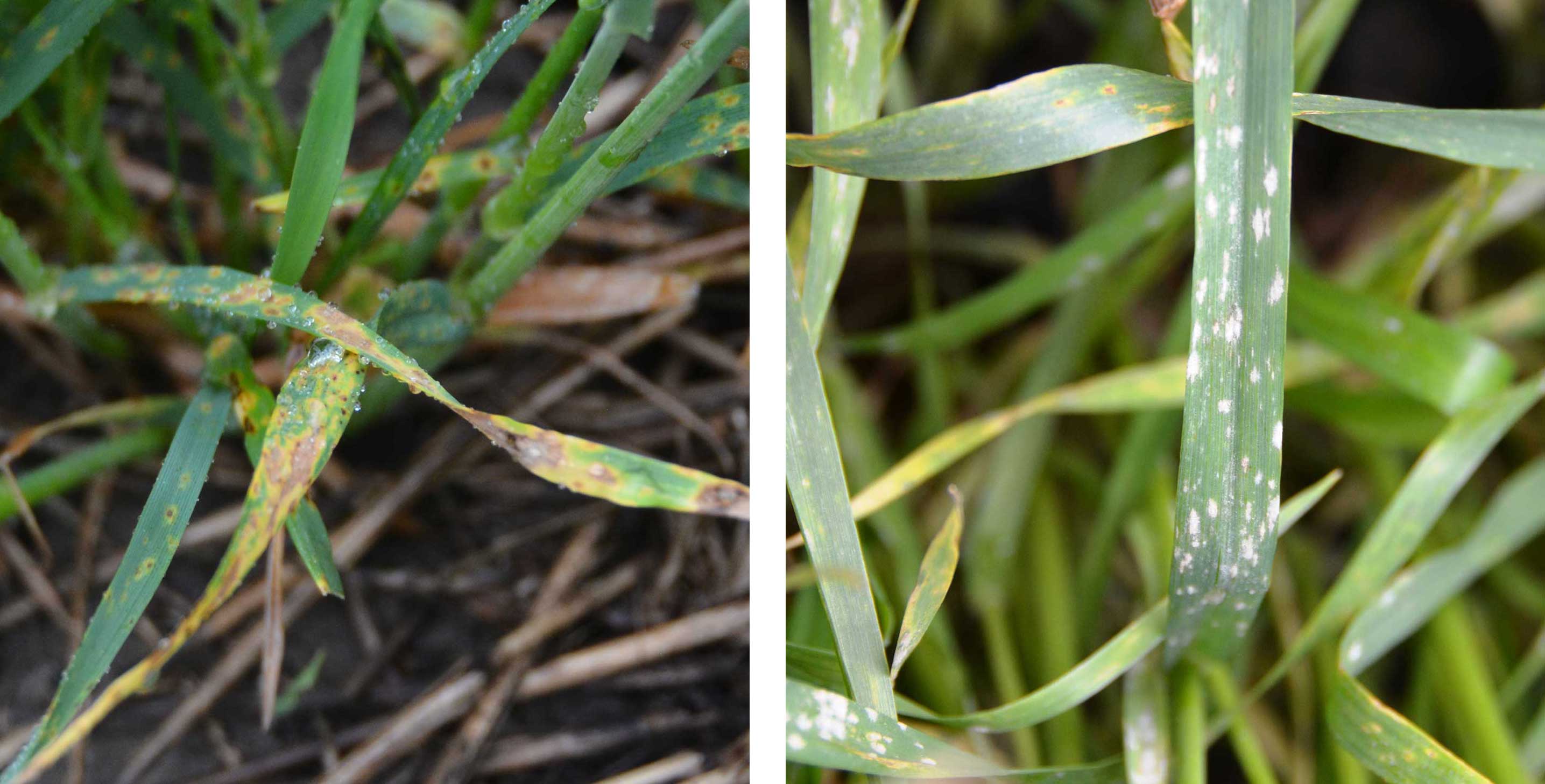
Does Early Fungicide at Tillering Result in a Profitable Yield?
Tan spot and powdery mildew pathogens are two residue-borne pathogens that can infect wheat early in the season. These diseases can lead to poor tillering, and their continued development can lead to yield loss.